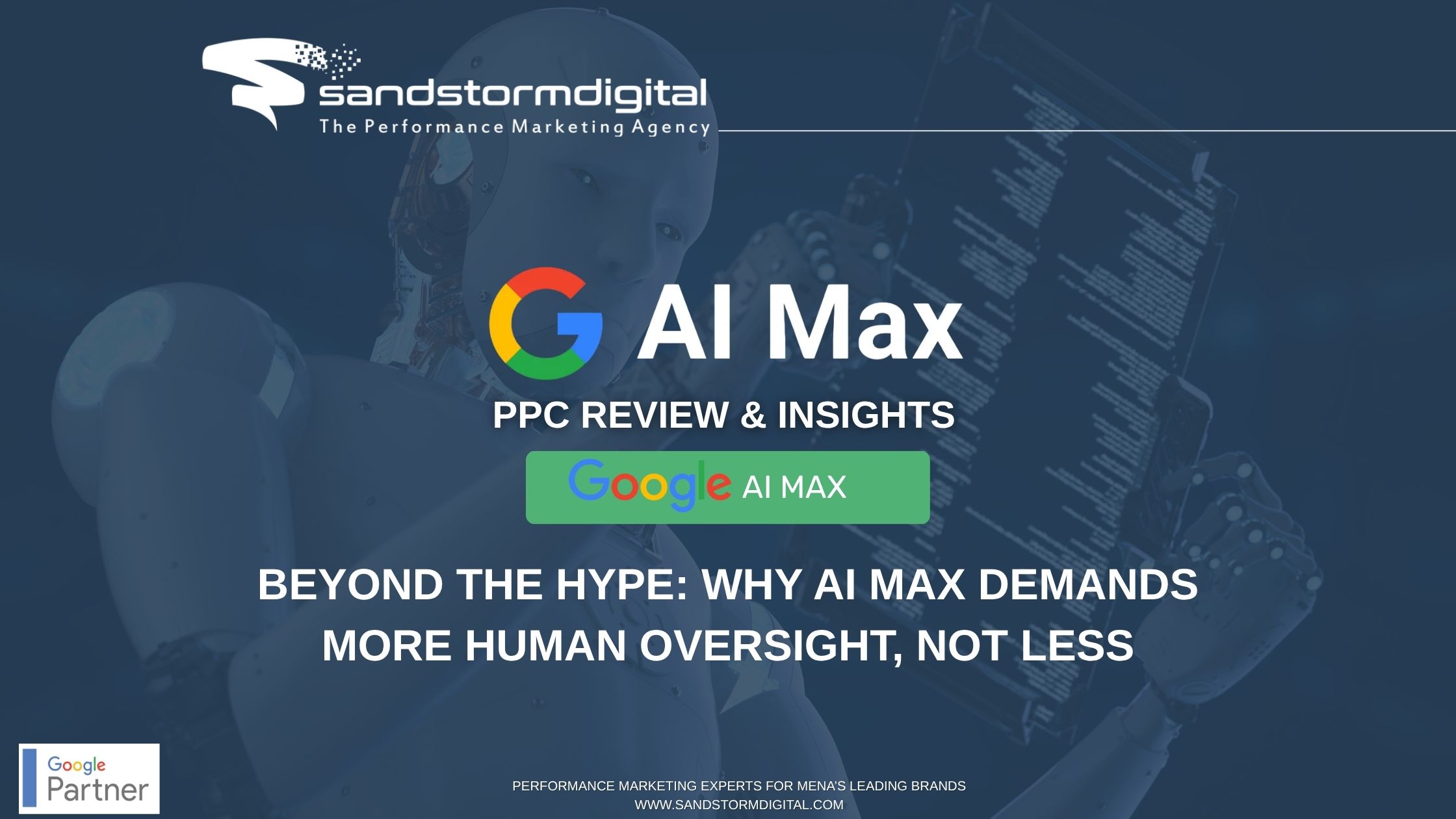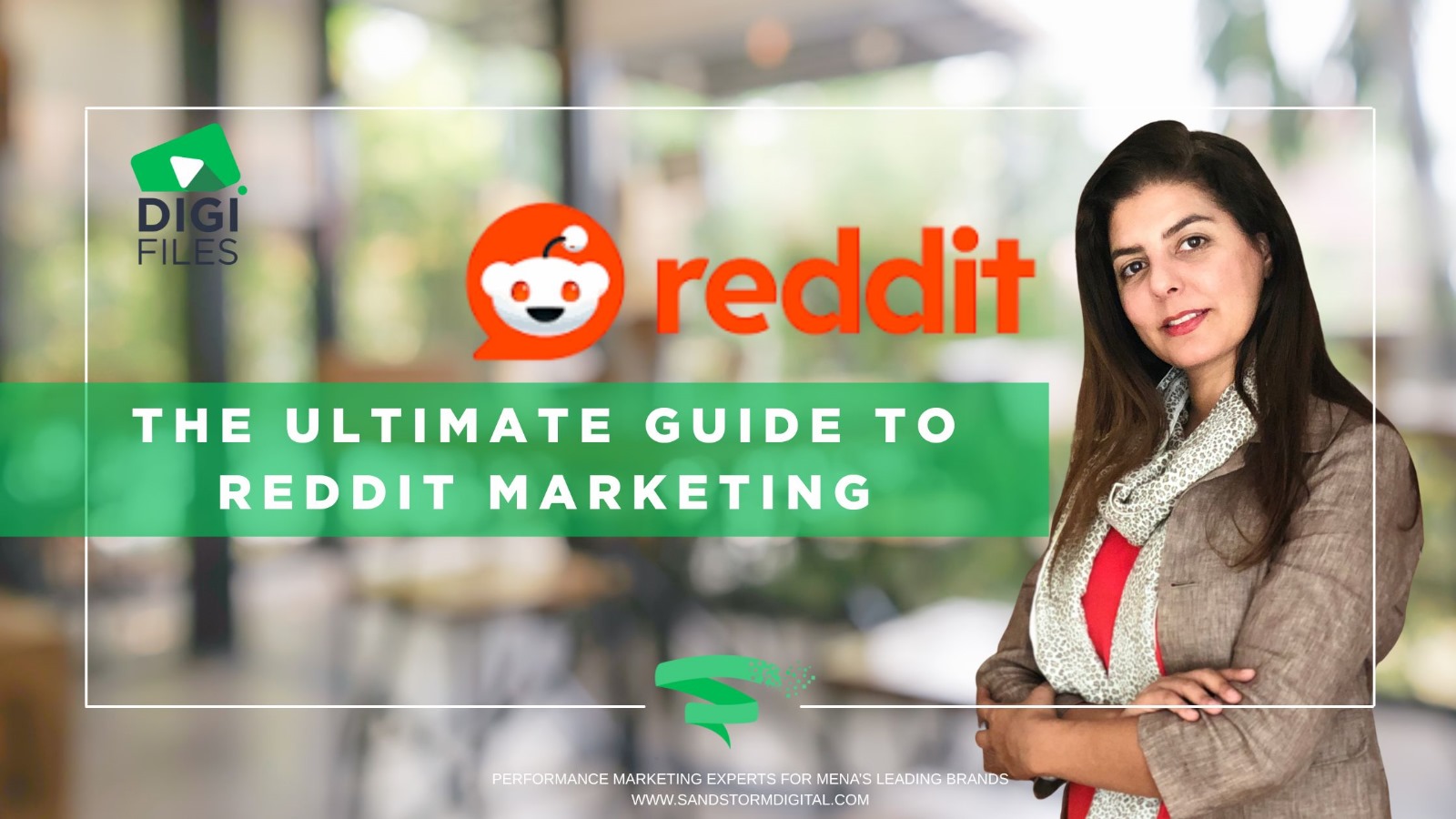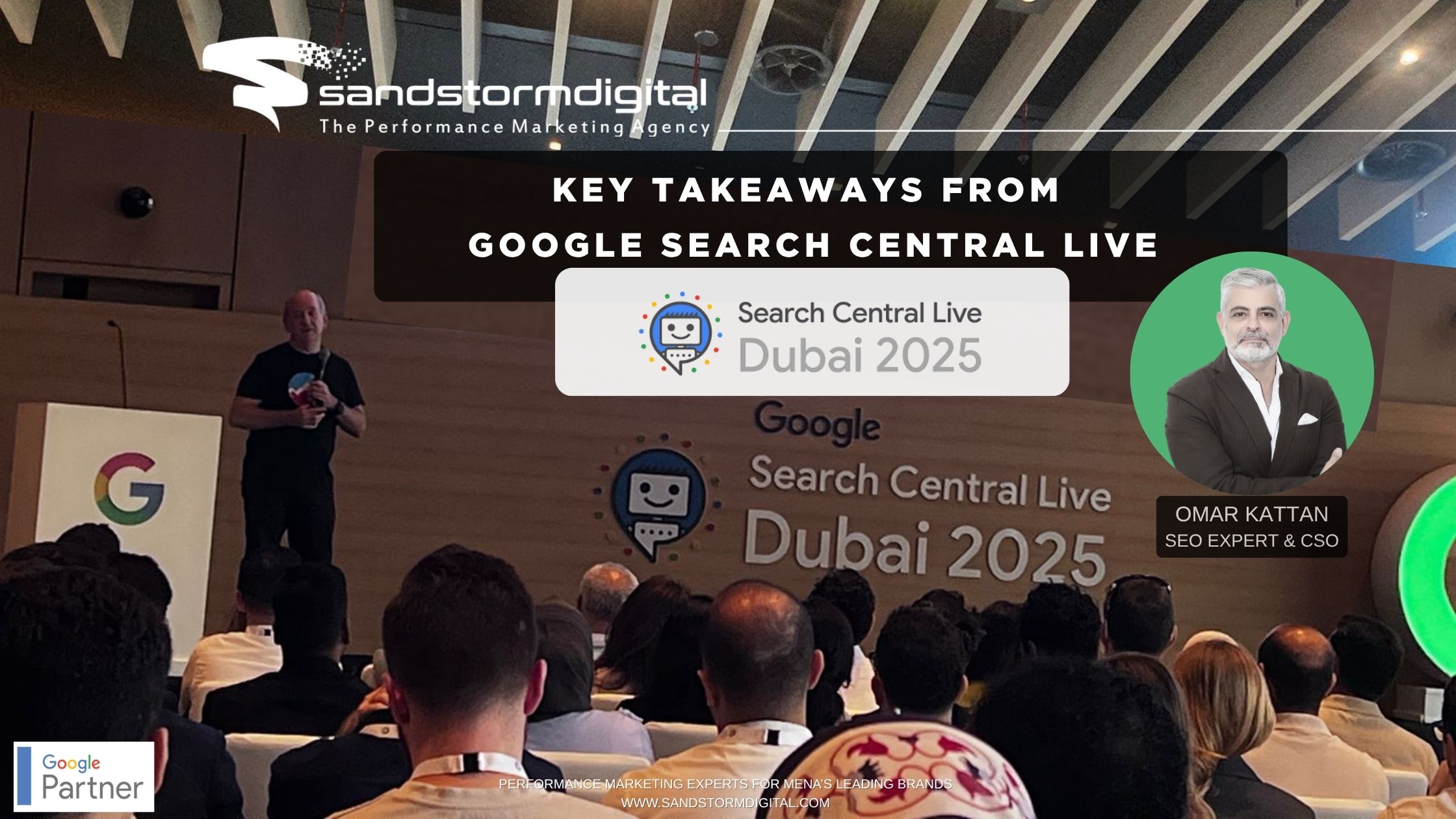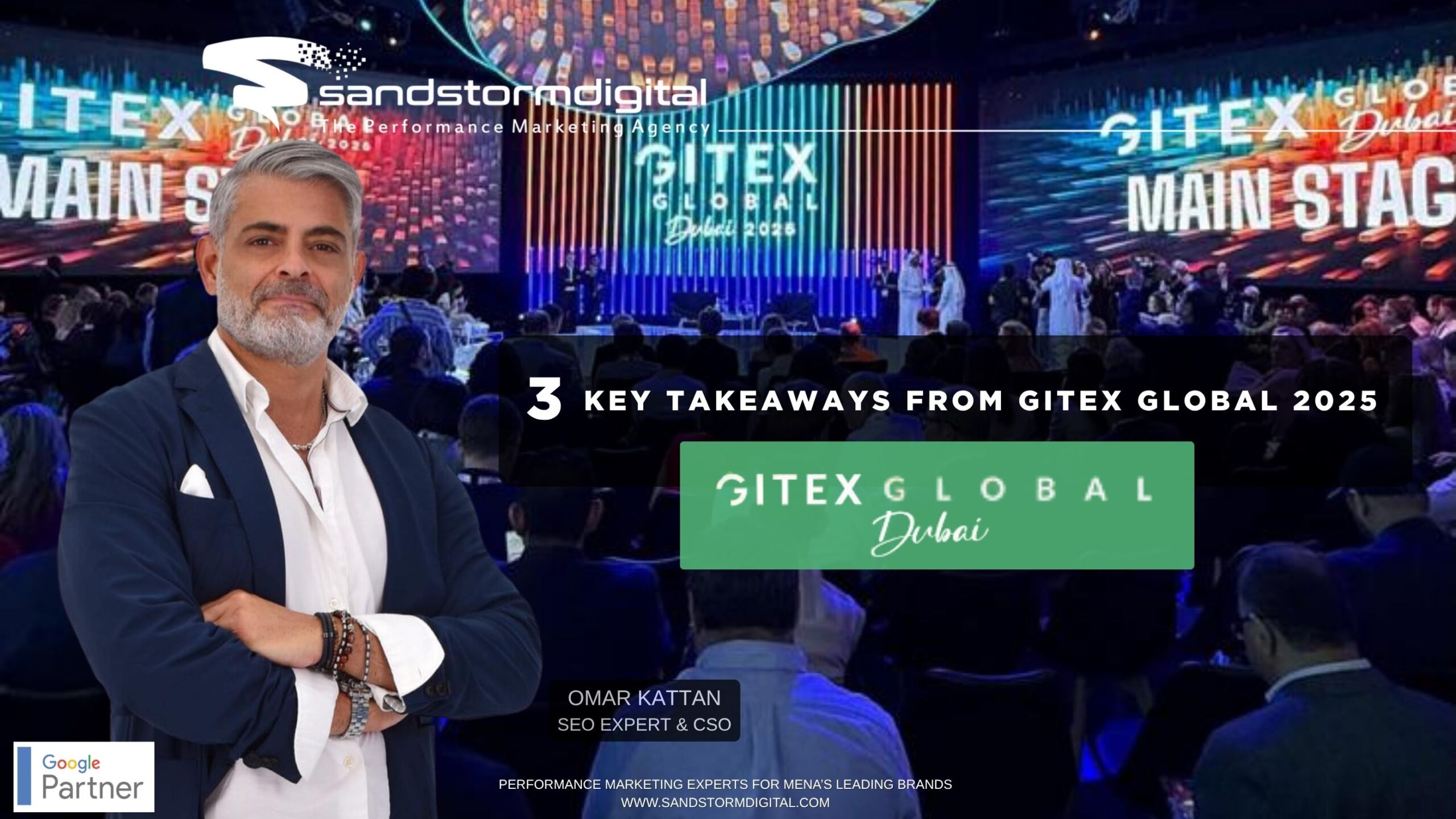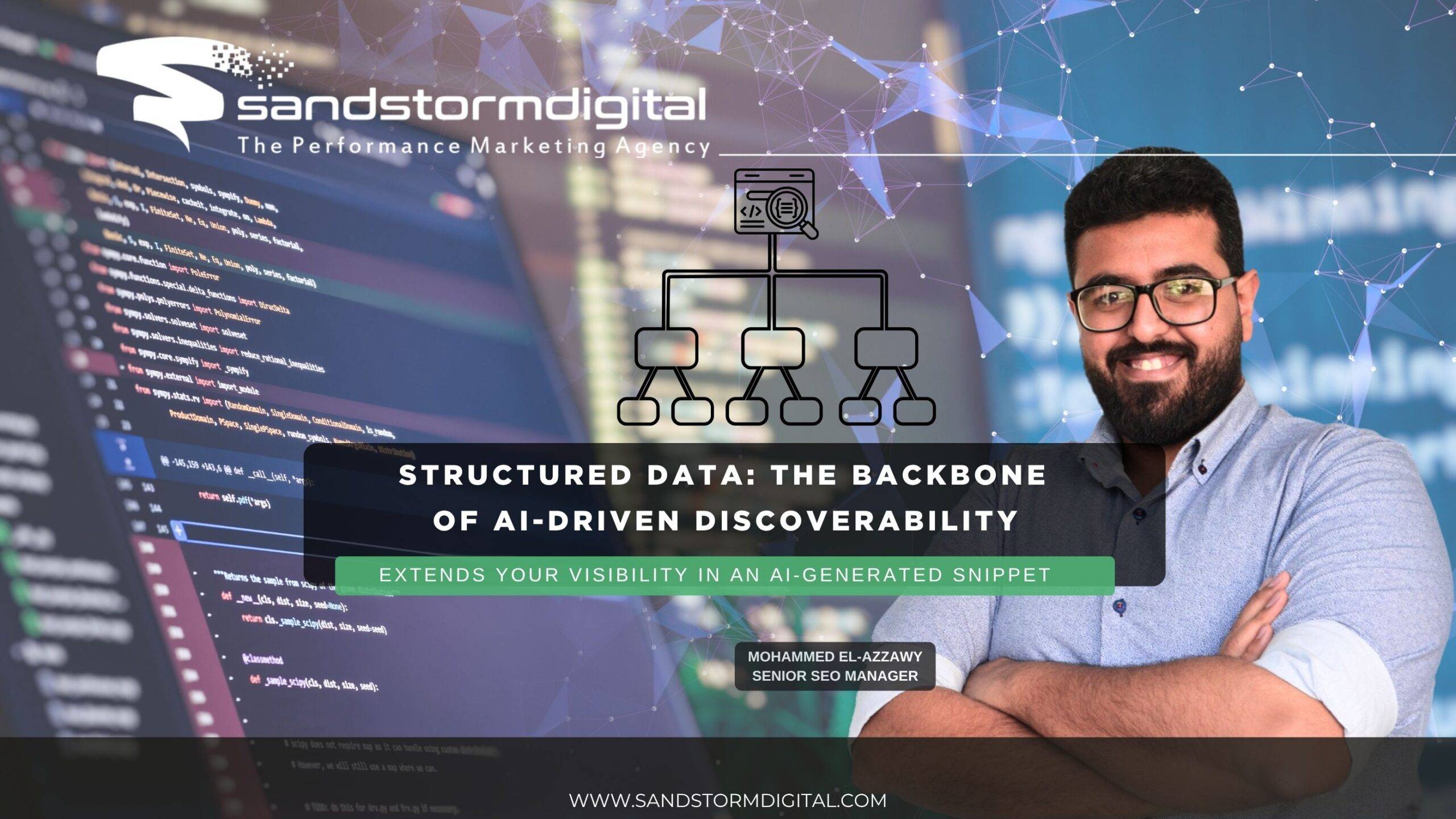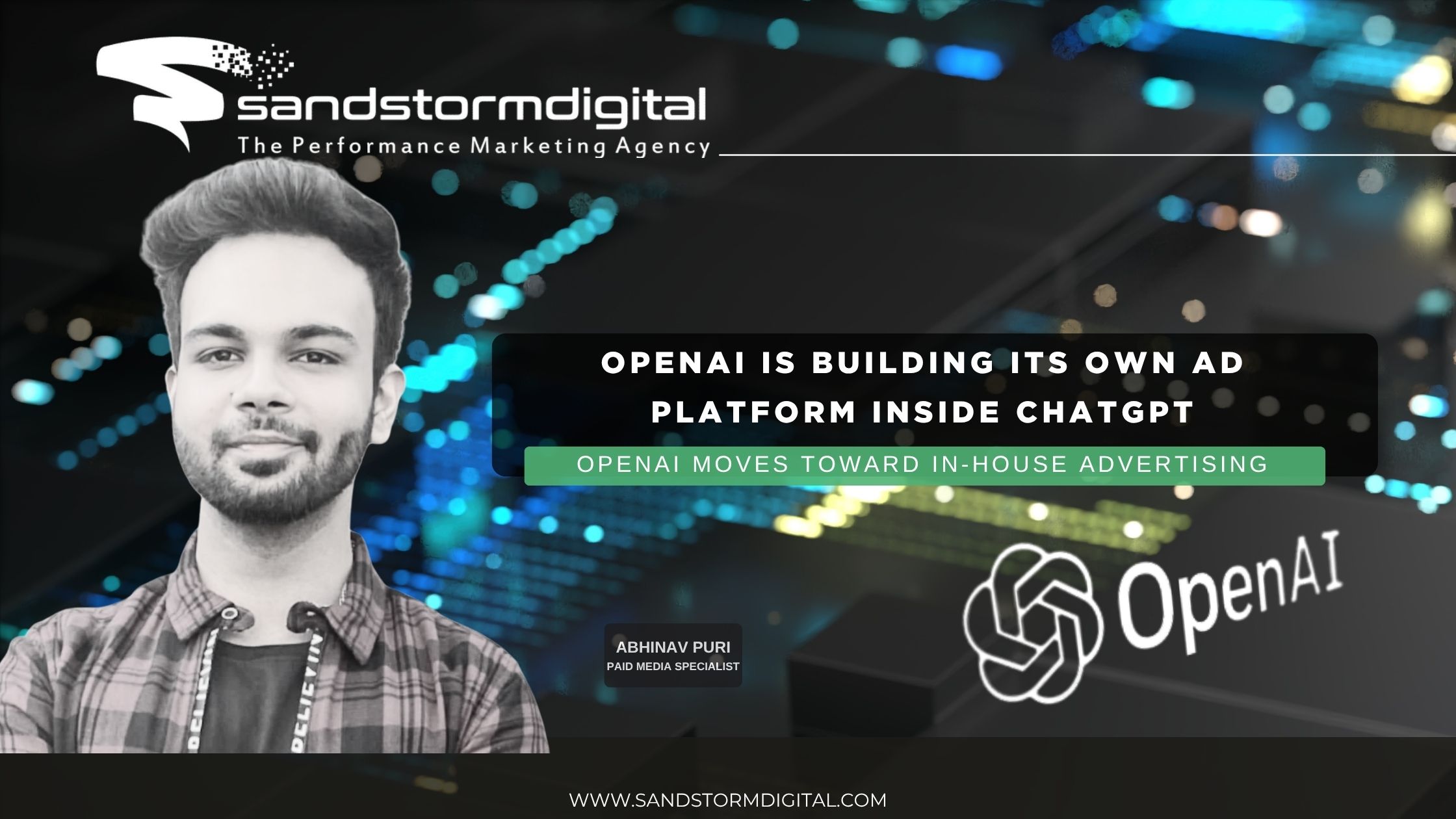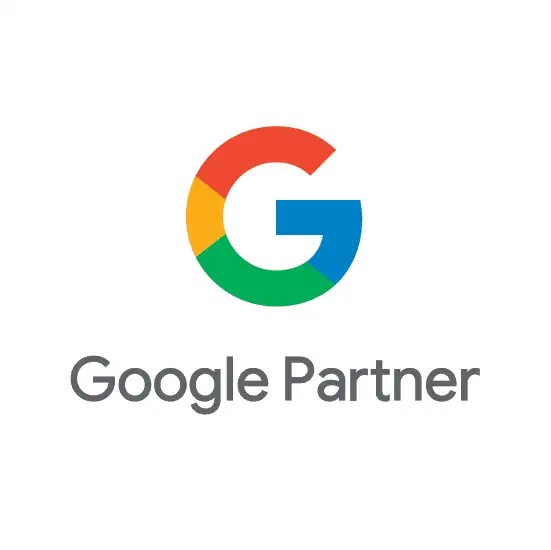Every time Google or Meta launches a “next generation” ad product, such as, Responsive Ads, Dynamic Search Ads, Advantage+, Performance Max, the core promise is always the same: efficiency, scale, and “set-it-and-forget-it” gains. AI Max is just the latest frontier in that narrative.
But through our work, we’ve discovered what many early adopters are beginning to say more bluntly: more automation doesn’t mean more strategic control. In fact, without rigor and oversight, it can erode brand positioning, dilute ROI, and shift power from the agency to the platform.
Below, we unpack what AI Max really does, what the early results and concerns look like, and how your agency can reclaim strategic independence, not just adopt AI, but interrogate it.
What Is AI Max & What’s Google Promising?
Google’s AI Max is an enhanced suite of AI-driven capabilities built into Search campaigns. It layers on features like:
- Search term matching / expansion — the system can match your campaigns to queries you didn’t explicitly bid on (keywordless targeting)
- Asset / creative optimization — dynamically generate or adjust ad copy based on signals (landing pages, site content, past ads)
- Final URL expansion — route a given query to the landing page (on your domain) that the system predicts will convert best
In September 2025, Google pushed AI Max into global beta, making it available via Google Ads, Google Ads Editor, Search Ads 360, and via the Google Ads API.
Google also added features like one-click experiments and text guidelines (brand-safe creative constraints) to help advertisers test and constrain the AI’s output.
New reporting enhancements also give partial visibility into how AI Max is expanding the reach: metrics for “AI Max expanded matches” and “expanded landing pages” allow you to see how much traffic is coming via AI-generated matching or URL expansion.
Google claims that campaigns using AI Max may see up to 14% more conversions or conversion value at similar CPA/ROAS (and even higher uplift for campaigns still relying heavily on exact / phrase keywords).
Early Signals, Industry Feedback & Caution Flags
While Google’s pitch is compelling, real-world practitioners are sounding caution. Some of the recurring themes include:
- Control illusions: You may “control” copy, ad assets, and landing page constraints, but Google still dictates query routing, budget allocation, and traffic sources behind the scenes.
- Message / brand drift: AI-generated creative sometimes gravitates toward generic or commoditized language (e.g. “affordable,” “deal,” “cheap”) rather than premium positioning.
- Query leakage: Budget gets siphoned into queries you never intended, diluting performance and bringing in lower-intent traffic.
- Landing page mismatch: Google may choose a different page than your ideal funnel page, even within your own domain, which can worsen post-click experience or confuse messaging.
- Transparency gaps: Despite new metrics, you still don’t always see which signals or patterns drove the AI’s decisions at a granular level.
- Algorithmic bias & incentive misalignment: The algorithm optimizes toward what it “sees” as conversions, often favoring volume or lower-cost traffic—not necessarily the right traffic for brand, margin, or lifetime value.
Search Engine Land recently flagged that Google’s pitch for AI Max leans heavily on “smarter search with more safeguards,” but that control and brand safety remain key advertiser concerns. Others have noted that AI Max ad formats are increasingly pulling content from blog posts (not just landing pages), experimenting with longer headlines, and dynamically generating sitelinks, showing how far creative automation is stretching.
In community forums (e.g. PPC Reddit threads), experts describe early AI Max tests as “PMax on steroids”, losing visibility into query routing and creative distribution, with more budget bleeding into unvetted segments.
Because we’ve run pilots for multiple clients, we’ve already seen many of these dynamics play out: uplift in volume, but with creeping erosion of efficiency, message drift, and mismatches in audience quality.
More Control or Just the Illusion of It?
At its core, the tension is this:
Google offers you more “levers” to pull (copy constraints, URL exclusions, creative guidelines) but it still controls which queries, which placements, and how budget flows.
That subtle shift in locus of control is rarely appreciated or discussed.
You don’t get full autonomy; you get a guided sandbox. And if the AI’s internal incentives or heuristics conflict with your client’s positioning, margin goals, or brand priorities, you may quietly lose battles you didn’t even see.
The illusion of control can lull you into complacency: because the interface allows tweaks, you assume your brand is safe — until you uncover messaging slippage or query leakage. That’s why every AI-oriented feature must be stress-tested, continuously audited, and bounded by your own systems.
How We Protect Clients: Our AI-Audit & Governance Framework
To safeguard client outcomes (not platform outcomes), we layer our own systems on top of platform automation. Here’s our approach:
- Controlled testing & holdouts
We run AI Max in parallel with manual or semi-automated campaigns and reserve a portion of budget for holdout campaigns. That lets us benchmark drift, cannibalization, and performance divergence. - Search term & negative keyword mining
We aggressively surface and audit the queries AI Max surfaces (especially those via expanded or keywordless matching). We frequently prune negatives or exclude pathways that diverge from brand strategy. - Creative guardrails & tone templates
Before launch, we slot in brand-appropriate tone, banned words or phrases, and high-priority messaging. If AI pushes messaging that conflicts, we intervene immediately. - Landing page enforcement & funnel control
We build rules so that AI Max routes traffic only to approved pages or we ensure landing page quality alignment. We monitor post-click performance for anomalies. - Incrementality measurement & lift experiments
We use holdout sets, geos, or statistical lift tools to measure how much of the performance is truly incremental versus cannibalized. - Alerts, anomaly detection & routine deep audits
We build dashboards to flag sudden shifts: e.g. rising use of “cheap / discount” keywords, budget reallocation to new segments, or messaging drift. We schedule routine deep-dives into query trends, channel shift, and creative evolution. - Feedback loops & manual override capability
AI is never fully “hands-off.” We always maintain the ability to pause, retract, or override when signals suggest slippage.
This is not theoretical because we’ve already used this framework in live client pilots, we’ve caught early drift, limited erosion, and re-optimized course as needed. The clients ended up with stronger ROI retention than if we had handed over full control to AI and assumed its “efficiency” was sacrosanct.
Why Agencies Must Own Strategy Not Let Platforms Do It
If agencies don’t build the muscle to audit, challenge, and override platform AI, then the platforms will become the de facto strategists. And make no mistake: platform incentives are not always aligned with client health over the long term.
Being a Google Partner doesn’t confer algorithmic control, it often entrenches dependency. In the AI era, true differentiation lies in:
- Building audit & observability layers on top of platform automation
- Cultivating technical & data expertise (beyond “media buying”)
- Maintaining strategic independence, not blind adoption
- Delivering transparency, accountability & explainability to clients
Automation is inevitable. But letting AI drive without oversight is a strategic surrender.
Signs It’s Time to Pull Back or Pause AI Max
Watch for these red flags:
- Surge in irrelevant or generic queries (e.g. “cheap X,” “discount Y”)
- Drop in average order value, margin, or lifetime value despite rising conversions
- Messaging or creative drifting off brand tone
- Traffic being delivered to pages you didn’t optimize or test
- Difficulty attributing conversions to query origin or channel
- Sudden performance degradation after long “learning” phases
Once any of these emerge, trigger an audit or fallback, don’t wait for them to compound.
The Future: Where AI Meets Agency Differentiation
We believe AI Max is only the beginning. Over time, AI-driven ad features will expand into video, omnichannel, cross-platform attribution, and in-depth creative orchestration. What separates the winners will not be who flips the switch fastest — but who builds modular guardrails, audit layers, and explainability systems on top.
Regulation, advertiser demand, and client sophistication will eventually force transparency. The agencies that already own those layers will be ahead of the curve, not catching up.
Conclusion
AI Max isn’t magic, it’s powerful, promising, and potentially risky. The question isn’t whether to adopt it (you should explore it), but how you adopt it.
Turn on AI Max with intention. Audit it relentlessly. Build your own guardrails. And don’t let platform automation ever become a substitute for your strategic agency brain.

